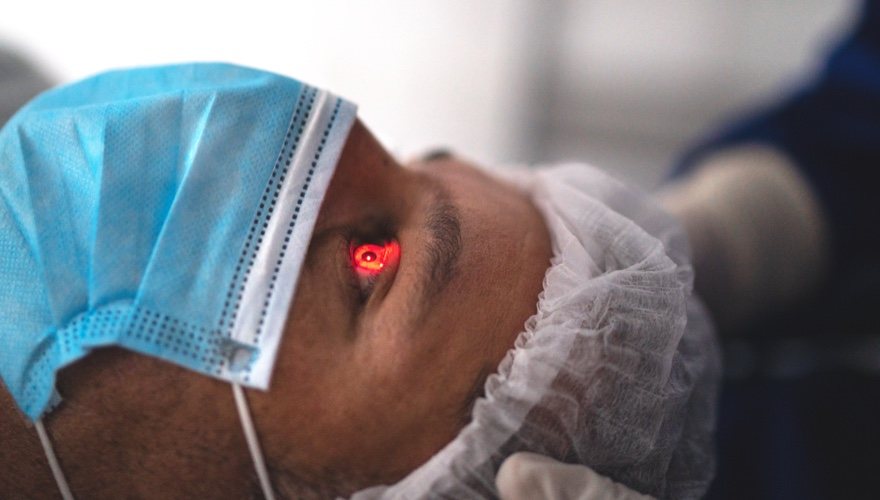,Cataract surgery can seem like a scary process, but the experts at Wills Eye Physicians Bailey Weber Wisner want you to be prepared. Learn why cataract surgery is necessary, how it’s performed and what to expect at the eye care facility.
When should a cataract be removed?
An eye doctor will help the patient decide when to remove a cataract based on the level of vision impairment. A cataract doesn’t harm the eye, so surgery can be done at any time. However, eye doctors prefer not to wait until the cataract is terrible because that increases risks during surgery.
The reasons to get surgery depend on the patient’s specific needs and can vary to a degree. For example, an eye doctor might recommend surgery early on because the patient is a pilot, and the cataract interferes with their ability to perform their job. An eye doctor might also recommend surgery for someone who golfs every day, and it’s interfering with their game. It depends on the variables.
Typically, the eye doctor wants to see some sort of reduced vision before performing surgery, but there is no specific benchmark. Eye surgeons used to wait for the cataract to be “ripe” before performing surgery. However, that’s no longer the case because early cataract surgery is safer and more effective.
Are there treatment options besides surgery?
No, not at this point. Glasses and contacts can help with some vision impairment, and drops are in development that may slow the cataract’s progression. However, if you live long enough, you will develop a cataract that will require surgery.
What can patients expect during cataract surgery? How long does it take?
Cataract surgery is an outpatient procedure where the cloudy lens is removed from inside the eye and replaced with a lens implant. During the surgery, patients are sedated, and the eye is numbed. The surgery usually takes 15 minutes, but it can last longer in more complex cases. Most patients don’t remember anything about the procedure because of the anesthesia, and they spend about three-to-four hours total in the surgical facility.
After the surgery, the eye doctor will ask that the patient return the next day for a checkup, and most patients start to see improvement in their vision within a few days and sometimes faster. Eye doctors usually only operate on one eye at a time, and while there are always risks with surgery, they are extremely low when it comes to cataracts.
Are there different ways to perform the surgery?
Yes. The most typical way to do the surgery involves making a sutureless incision. Then, the surgeon removes the cataract using an ultrasound device and places the lens implant in the eye. Sometimes a laser helps assist with the surgery but not in all cases.
The surgeon might also use different types of lenses depending on the needs of the patient. Everyone has improved vision after cataract surgery, but there are lenses available that address specific conditions. However, insurance doesn’t cover all of them. For example, toric lenses can correct astigmatism, and there are multifocal lens implants that give patients a good range of vision up close and at a distance without needing to wear glasses.
An eye doctor will conduct tests before the cataract surgery to measure the eye and help determine what kind of lens might be required. Some patients are good candidates for specific lenses, and others aren’t. It’s essential to have a conversation with your surgeon ahead of time and consider the costs associated because most of these corrective lens implants are not covered by insurance.
Can cataract surgery be used to support other conditions of the eye?
Sometimes procedures can be done simultaneously, for example, cataract surgery for patients who have both cataracts and Glaucoma. The additional procedure can help patients control their Glaucoma and potentially remove the need for drops.
Once the surgery is completed, can the cataract come back?
Occasionally a haze will develop behind the lens implant called a capsular opacity. It’s not a cataract, but it can similarly blur vision. An eye doctor will treat it with a simple, non-invasive in-office laser procedure. Cataracts can’t come back, and the implant will last you the rest of your life.
